|
Courtesy of New Mexico In Depth The Midweek by Trip Jennings Two new cases of measles were diagnosed in southern New Mexico this week, pushing New Mexico’s total caseload to 65, according to the Associated Press. Lea County is the hardest hit in the state’s outbreak, with Chaves and Doña Ana counties reporting one case each, the news service reported. From a geographical standpoint, it makes sense Lea County is the epicenter of New Mexico’s outbreak. It is on the Texas border and abuts Gaines County, the epicenter in Texas, the state with the most cases, 600, or nearly three-quarters of the 800 cases diagnosed across the nation. Seminole, a town in Gaines County, is only 30 minutes from Hobbs, New Mexico. I imagine a lot of folks from both counties mingle day-in, day-out as they shop or otherwise hang out, giving measles, an airborne disease that is spread when an infected person coughs, sneezes or talks, an opportunity to spread. While measles is not always fatal, three people this year have succumbed to measles-related illnesses — two elementary school-aged children in Texas and an adult in New Mexico, all of whom were unvaccinated. Despite those deaths and active outbreaks of the illness in seven other states beyond Texas and New Mexico, a new poll from KFF, an independent source of health policy research, finds that half of American adults are unsure if certain false claims about measles are true or false. The three claims are: • the measles, mumps rubella vaccines have been proven to cause autism • vitamin A can prevent measles infections. • getting the measles vaccine is more dangerous than becoming infected with measles. None of these claims are true. But there’s a lot of misinformation and disinformation floating around these days. Robert Kennedy, Jr., the U.S. Secretary for Health and Human Services, isn’t helping matters, with his long standing skepticism of vaccines. Before joining the Trump administration, he said the MMR vaccine that protects against measles is dangerous. Kennedy did say that the vaccine was the most effective way to prevent measles earlier this month, but that was met with anger from vaccine critics who saw it as a betrayal of Kennedy’s long standing views on vaccine safety, CNN reported. And he continued to sow confusion, saying the vaccine had not been sufficiently tested and only provided short-lived protection. Both claims are false. The KFF survey found that partisanship plays a major role in whether people know measles cases are spreading and whether they are worried about the most recent outbreak, the KFF survey found. Here are a couple of findings: Democrats are much more likely than Republicans to say they are worried about the outbreak of measles in the U.S. (76% v. 28%), and to know measles cases are up this year compared to recent years (71% v. 49%).Similar partisan gaps exist among parents as well, with Democratic and Democratic-leaning parents more than twice as likely as Republican and Republican-leaning parents to express worry over the outbreak of measles (73% v. 26%) and more likely to know the number of cases is currently higher than in past years (64% v. 37%). Even amid widespread exposure to false claims about measles, large majorities of the public (83%) and parents (78%) say they are “very” or “somewhat confident” that the MMR vaccines are safe. However, confidence in the safety of MMR vaccines is lower among Republican and Republican-leaning parents, with about three in ten (31%) expressing a lack of confidence in the safety of MMR vaccines, including about one in six (17%) who say they are “not at all confident” the MMR vaccine is safe. I’ve kept up with the measles outbreak this year but it felt close to me when I spent several days in Lubbock late last month due to a death in the family.
I wasn’t worried about contracting measles myself. My parents made sure my brother and I were vaccinated when we were children, as did my wife’s parents when she was little. Both of our children received the MMR vaccine before they entered public school and they’re in their 20s now. I probably would have worried about traveling to Lubbock if our children were newborns or toddlers. If any one of us were to get sick, I told myself, we were protected by the decades-old vaccinations. It was that all the national news stories mentioned the outbreak happening near Lubbock, probably because it’s the largest city in that part of West Texas and most people don’t know where Gaines County is. My stay in Texas pushed to the front of my mind the question of how so many Americans have become distrustful of public health measures meant to help protect children — and people in general. It’s not a surprise or a shock after living through the COVID pandemic when many concerns were raised about the safety of that vaccine, or that there’s a partisan divide around the measles vaccine. COVID made clear we’re living in a different world than we lived in a few decades ago. Distrust of experts — scientists, academics, physicians — and institutions is palpable these days. It’s enough to make one wonder how we’ll get past the disparate worlds we inhabit as Americans.
0 Comments
In advance of an expected executive order on Tuesday, New Mexico’s federal delegation, led by U.S. Sen. Martin Heinrich (D-N.M.), the top Democrat on the U.S. Senate Energy and Natural Resources Committee, sent a letter on April 21 to U.S. Interior Secretary Doug Burgum requesting the federal government leave the state’s monuments intact.
“National monuments are vitally important to our history and any proposals to reduce their boundaries will not be reflective of the voices of New Mexicans,” the delegation wrote. “Each monument in New Mexico represents years of community advocacy and support for the protection of the value they hold. In New Mexico, we have a $3.2 billion outdoor recreation sector and monuments are a significant contributor to this robust economy.” The letter particularly singles out Organ Mountains-Desert Peaks National Monument, Rio Grande del Norte, and Kasha-Katuwe Tent Rocks, which the letter says “are under consideration for reduction or elimination.” Organ Mountains in the southern part of the state hosts “significant petroglyph and archeological sites,” the letter notes, while Rio Grande del Norte “boasts some of New Mexico’s most prized recreational opportunities in an area where the Rio Grande carves an 800-foot gorge through historic volcanic activity” and “provides access for traditional use like piñon nut collection.” Regarding Tent Rocks, the delegation notes that TIME included it on its list of the World’s Greatest Places of 2025. “Not only is Tent Rocks ‘geologically surreal,’ the letter says, “but it is also a sacred landscape to the Cochiti Pueblo.” “There is no greater value to these natural landscapes than what is brought to the community through their continued protection,” the letter concludes. “Withdrawing protections from these sites would threaten the economic benefits associated with New Mexico’s outdoor recreation economy and it undermines our community and tribal voices.” By Felicia Fredd
Xtreme Design SW “Think of a desert and you probably picture dry, dead dirt. If so, surprise! Much of the world’s most arid ground is alive with a tiny ecosystem, no more than a few inches thick. It’s so tiny, in fact—so thin and delicate, so apparently parched and lifeless—that this “secretly living” layer of soil is called a cryptobiotic crust.” https://www.newmexicology.com/the-blog/2016/1/26/dark-secrets-of-the-cryptobiotic-crust As I’ve pursued research into effective design techniques for erosion control, I’ve been sidetracked by dozens of ‘desert transformation’ YouTube videos - most of which are associated with permaculture activities and display the terms ‘restoration’ or ‘restorative’ in their titles. One in particular witnessed a 10-acre site that had been brutalized in the name of ‘restorative’ water harvesting. In this video, a YouTuber walked viewers along a path of destruction where he’d run a backhoe over sloped dryland soils, such as ours, in order to more easily carve an array of dams, berms, and zuni bowl pits. These earthworks were then reinforced using most of the hand-sized rocks scattered on the land surface, where they had been doing a fine job of protecting the soil, and slowing water runoff, but which gave the added benefit, he explained, of creating valuable divets in the soil surface. Some of these types of projects are pretty interesting in one respect or another, but so much of the motivation seems driven by abstract ideas about environmental ‘improvement’ without any particular knowledge of said environment. One guy filming in a grassy field with his cows said of his neighbor’s contrasting sagebrush rangeland “It’s just sitting there; it’s not doing anything!” He obviously didn’t get the memo about all the special wildlife supported by large sagebrush communities; however, I’m glad he said what he did because the many ways people see and experience landscape is pretty fascinating business. I just wanted to point out that tearing into fragile desert landscapes with romantic notions of ‘improving’ the local ecology can easily do more harm than good. Here, for example, we have something called cryptobiotic soil. It’s that bumpy textured soil crust we’ve all at least vaguely noticed, and what it does is hold things in place, help with the process of nitrogen and carbon fixation, and hold moisture. Being composed of microscopic sugar filaments, and tiny blue green algae, it is ridiculously fragile. It’s destruction will sometimes be unavoidable, but it is “… critical to maintaining the health of wide swaths of land across New Mexico.” “Because these soils have higher nitrogen and water content than uncolonized soil, and because they are stabilized against erosion, they provide ideal conditions for desert plants to germinate and grow. Biological soils are the foundation for healthy desert plant communities.” https://www.nps.gov/glca/learn/nature/soils.htm Quick! Before poetry disappears for the next eleven months! By Zach Hively April is National Poetry Month, and I am touched to be the one reintroducing this lost art form to the masses. This includes people like you and me! Because odds are, we don’t understand poetry. Poetry has lain dormant since history days, murking up its modern-time meanings. What I can tell you with authority is that poetry used to be a noble calling, largely because humans had not yet invented doctors. Once we could compare it to medical science, we got the notion that poetry was hard and did not earn actual money. Plus, with doctors on hand, people weren’t all dying by the age of twelve. With all that extra life-expectancy time to challenge our brains, build our vocabularies, and deepen our understanding of human nature, we as a species chose to browse pictures of puppies jumping into swimming pools after tennis balls instead of doing poems. But poetry does not die easily. There is no other way to explain why I was supposed to read both The Iliad AND “The Red Wheelbarrow” in high school. Tragically, modern- day-me was not around to teach high-school-me to better appreciate poetry’s efficiency and utility, literature’s answer to the Sports Illustrated sand bikini. Though I was too late to save myself, I am now poised to help poetry pounce on a comeback. We live in an age of short media, such as gifs, 140-character journalism, and Seth Green. Why not turn to poetry? Probably because so much poetry these days is, objectively speaking, bad. That’s what happens when a society tries to prioritize science, mathematics, and human rights violations over true art. Yet the quality of poetry does not negate its publishability! Plenty of presses print volumes of carefully chosen poetry submissions for the super low price of FREE.* *With purchase of five or more copies at the one-time wholesale price of $45.00 each. Still, quality work is often buried among such wastelands of drivel.For instance, in the fifth grade, I composed a rousing epic about the RMS Titanic--way trendier than the lame movie, although unfortunately with less nude portraiture. My poem was chosen for publication by one such press because I was clearly a Wunderkind. My parents were so proud, they snipped $45.00 out of the grocery budget to buy my book. I pity the other, self-appointed “poets”—all those poor saps suckered into filling out my volume of poetry by purchasing copies for their distant relatives, secretaries, garbage collectors, and spouses. But don’t let the publishing houses deter your pursuit of poetry; they will do anything just for money. The true poets out there are in the poetry biz for all the right reasons. The right reasons are simple, given a few qualifiers. Writing a short, meaningful, artistic poem is something all deep and attractive people do in order to become both embarrassingly wealthy and immortal. Plus, it’s easy. Want proof? Here is my own edgy and spontaneous composition: Roses aren’t red. The sky isn’t blue. The distinctions between colors are a subjective phenomenon adhering to social regulations and contextual indicators; colors, in other words, are not definite, and our perception of them relies on linguistics, cultural norms, and possibly our own personal color wheels. This poem is so edgy, it doesn’t even rhyme. Eat your heart out, T. S. Eliot. And speaking of crowd-pleasers who craft non-controversial hits on the fly, even you can be goaded into creating poetry, so long as you too are deep and attractive. Absolutely any poet can trick graduate students into mistaking their poetry as “metaphoric” or “possessing meaning” by using only the advice-column section of the newspaper, or a page anonymously donated from your sister’s diary. Here’s how.
Go through the piece of writing you chose, circling your favorite words, either for sound, definition, the shape of the letters, or all of the above. Snip those words out, like pieces of a ransom note. Then circle any other words you need in order to link those words together, and bam! you have a poem. Below is an exemplary example of the “found poetry” technique, using words from this selfsame chapter to hone a Meisterwerk of a poem that is, at best, equal to the sum of its parts: Noble sand bikini Poised to prioritize quality. Super low, a rousing, Snipped, deep and attractive Crowd-pleasers That rhyme with rubes. This technique, unlike other so-called “arts” that require chunks of marble or alpaca-hair brushes or training, is actually feasible. Seriously, even a pet parakeet can make this kind of poetry in the bottom of its cage. And who can judge the quality of little Polly Fluffmugget’s creative genius? I can. And I’ll consider it for publication, if you enclose just $45.00. A chance for a divine encounter—whether in the form of religion, art, nature, or green chile stew—is around every corner in Abiquiu’s Piedra Lumbre Basin. Originally published in New Mexico Magazine, March 2023, copyright © New Mexico Magazine. To subscribe, visit newmexicomagazine.org/subscribe By Molly Boyle Photos by Tira Howard IT’S NEARLY 4 A.M. in the Chama River Canyon, which means it’s time for the morning vigils at the Monastery of Christ in the Desert, near Abiquiu. I launch myself out of my cozy guest chamber, bundle up, and shuffle down a moonlit dirt road toward a stately adobe chapel. The night is silent, though a vibrational current of stars is busy above. I stop for a second, taking in the layered stillness of the coral-and-cream-streaked cliffs flanking me on both sides. My eyes blur at the beauty. I’m in an Abiquiu state of mind, I think later, peacefully leaving the Benedictine retreat where I’ve read, hiked, chanted psalms led by monks in the Gregorian tradition, and otherwise spoken to no one for two days. I point my truck down bumpy Forest Road 151 and drive along the river, listening to a radio station that’s somehow thematically playing a dharma talk from Santa Fe’s Upaya Zen Center. (It’s Sunday, after all.) I pass hikers on the Continental Divide Trail and head into the expansive Piedra Lumbre Basin, part of a 1766 land grant where the landscape and the shimmering waters of Abiquiu Lake are centered by the southern presence of Cerro Pedernal, known as Tsee p’in in Tewa. Both names mean “flint mountain” or “flaking stone mountain.” Read more: Bring a bit of New Mexico into your abode—no matter where you live—with hues inspired by her works. Georgia O’Keeffe, the valley’s most famous transplant, was obsessed with it, painting Pedernal at least 28 times from her perch at Ghost Ranch. The mesa’s flat head, rising to an elevation of 9,862 feet, resembles a long knife when viewed from the north or south. It has been a landmark and spiritual touchstone for people over the past thousand years. “Abiquiu is a cosmic village,” says santero, author, archaeologist, and resident Charles M. Carrillo in Lesley Poling-Kempes’s 1997 book Valley of Shining Stone. The 1829 starting point of the Old Spanish Trail to California, it’s a place of pilgrims and passersby. A deep, complex past surrounds Abiquiu’s present, from the skeletons of the first Triassic dinosaurs, discovered at Ghost Ranch in 1947; to the Ancestral Puebloans who set Poshuouinge on a high mesa above the Río Chama around 1400; to the 18th-century Spanish colonists who built the village of Santa Rosa de Lima, of which only earthen walls remain. The Piedra Lumbre’s capacity for spiritual pockets of experience is found at the 59-year-old monastery, located 29 miles northwest of the Abiquiu post office, and at Ghost Ranch, where generations of bold-face names and regular people have sought solace and inspiration. More devotional stops are farther south. Just off the Abiquiu Plaza, O’Keeffe’s home and studio remain nearly as the artist left them in 1986, a study in one woman’s monastic commitment to capturing the landscape. Nearby, in two separate moradas, members of the Penitente Brotherhood pray with the exact same alabados their ancestors brought from Durango, Mexico, 300 years ago. Just across the river, the Dar al Islam Mosque and educational center occupies the same grounds as Plaza Blanca, the White Place, a stunning natural cathedral of the gigantic light-gray rocks that make up the Abiquiu Formation. The setting regularly and literally snatches the breath of hikers. “If you visit the monastery, Ghost Ranch, and the White Place, then you know there is something that seekers feel here,” says Poling-Kempes. The author of Ghost Ranch and Ladies of the Canyons has lived in Abiquiu for nearly 50 years, but she still feels the same awe at the landscape as she did in the 1970s, when she was a college student working at Ghost Ranch. “It’s a pristine place, for the most part, and people long for that.” ARTHUR NEWTON PACK (1893–1975), ONE OF THE first Anglo Ghost Ranch owners, writes in his memoir about meeting in the 1930s with an elderly Hispanic woman who was born in the ranch’s Ghost House. She told tales of the witches and spirits that gave the place its original name, Rancho de los Brujos—or las Brujas, depending on whom you ask. A winged cow soared down the cliffs at dusk, the woman said, and anyone who saw it would die. She said her father had been one of the infamous Archuleta brothers, cattle rustlers who hid a cache of gold somewhere on the property. Her uncle killed her father in a dispute over the money, holding the women hostage until they found the chance to sneak away. A posse hung the uncle and his compadres from a massive cottonwood tree that still stands on the ranch. An air of mystery still hangs over the landscape when I visit the ranch, on a sunny day in mid-December, to take the O’Keeffe Landscape Trail Ride. It’s a mellow horseback journey through the painter’s inspirational spots, including Pedernal, a dead cedar that O’Keeffe called Gerald’s Tree in a 1937 painting, and the vibrant rock faces portrayed in her 1940 painting Red and Yellow Cliffs, which serve as the ranch’s backdrop. Read more: Of all the ways to explore our sprawling natural lands, one of the best is astride a sure-footed steed who can take you to places that simply can’t be seen from a car or on a hike. Other features of the property include a ramshackle, 1800s-looking cabin that was built for the 1991 film City Slickers, and an iconic Western horizon you might recognize from The Ballad of Buster Scruggs or Silverado. The ranch’s Ruth Hall Museum of Paleontology and Florence Hawley Ellis Museum of Anthropology provide a good grounding of the people and prehistoric creatures who once roamed the Chama River Valley; the library is a haven for the families and individuals who retreat to Ghost Ranch for rest, relaxation, or creative workshops. When I ask Tolga, the wrangler who accompanies me on the trail ride, where he lived before Abiquiu, he cracks a smile. “I’m from where all cowboys come from,” he replies. “New York City.” Abiquiu attracts all kinds, Zach Hively affirms to me over coffee at Bode’s General Store. At the 130-year-old mercantile, gas station, gift shop, and camping supplier—which serves as a way station and reliable breakfast burrito pit stop for travelers, hikers, fly-fishers, river rats, and locals—Hively tells me his origin story as a resident and business owner. In 2019, the Albuquerque-raised writer moved to the area and started Casa Urraca Press, which publishes New Mexico poets Margaret Randall, V.B. Price, and Anna C. Martinez. The openness of the landscape, he felt, gave him artistic license to start a creative business there, even though he knew not a soul when he arrived. “You can make really close personal connections here,” he says, despite the relative isolation of the 150 Abiquiu residents counted on the 2020 census. “I still have people who come up to me and remember the first public reading I did here. Everyone remembers one another.” The social event of the year happens in October, with the Abiquiu Studio Tour. For three days, artists throughout the basin open their studios, so visitors can stop by on self-guided driving tours. Last fall, I mounted the steps to the house and studio of Charles Carrillo and his wife, Debbie, a micaceous potter who received a lifetime achievement award from the Santa Fe Spanish Market in 2014. “It was Debbie’s family’s ancestral home,” Carrillo says of the seemingly ancient building on a hill near the south side of the Abiquiu Plaza. “Her grandmother built that house starting in the late thirties, on top of a ruin of another room block that had been built in the 1760s.” Read more: Five of Abiquiú’s under-the-radar artists open their off-the-beaten-path doors. Locals refer to the part of the plaza where the house is situated as Moqui, a Spanish word for Hopi people. Carrillo uses that detail to weave a colorful tapestry of the diverse Genízaro people who made a lasting settlement in Abiquiu starting in the mid-1700s. The Genízaros, who originated as Indigenous captives and slaves of Spanish colonists, counted ancestors among the Hopi, Tewa, and Great Plains tribes. They built a stronghold of their multicultural heritage in Abiquiu, using land grants awarded by the Spanish crown in exchange for their defense against Apache, Comanche, and Navajo raids. The complexity of the land’s history is dizzying, and it invites you to stay more than a day to absorb it all. Curious visitors can contemplate in secular fashion from a courtyard room at the Abiquiu Inn, or at one of the Grand Hacienda’s luxe suites overlooking Abiquiu Lake. I’ve had metaphysical experiences during fireside suppers in campgrounds that line the Río Chama along Forest Road 151, and while winding through the wooden Stations of the Cross on an alternate path toward the Monastery of Christ in the Desert. The monastery’s guestmaster monk, Brother Chrysostom Christie-Searles, tells me he’s made two attempts now to climb Cerro Pedernal. “One was thwarted because of rain,” he says. “I got close. The second one was thwarted because of misinformation, not knowing how to get to the very top. So, on a third try, I should be able to mount it. His mission to summit the landmark strikes me as holier than O’Keeffe’s, who called Pedernal her “private mountain.” “God told me if I painted it enough, I could have it,” the artist once claimed. I prefer to view Brother Chrysostom’s quest through the centuries-old lens of St. Theodore, who I read during my stay at the monastery. “The monk is one whose gaze is fixed on God,” he wrote. These words, for me, break Abiquiu’s divine landscape wide open to understanding. Read more: Riana Campground’s proximity to fantastic hiking, fishing, and much more makes it a dream base for no-frills RVers. OUT AND ABOUT IN ABIQUIU
Commune with nature. Hike the half-mile National Forest Service trail at Poshuouinge to view the remnants of an Ancestral Pueblo settlement, nearly three miles south of Abiquiu on US 84. Stop into the office at Ghost Ranch for a trail map to Box Canyon, Chimney Rock, or Kitchen Mesa, hikes of varying difficulty and length that afford heavenly vistas. Check out nearby slices of the Continental Divide Trail, which features views from the mesas overlooking Ghost Ranch. Contact Dar al Islam to register and receive the gate code, which allows access to Plaza Blanca (the White Place). Respectful hikers can get the lay of the land on a moderate one-mile trek. Commune with art. Reserve a tour of the Georgia O’Keeffe Home and Studio, which begins with a stop at the Georgia O’Keeffe Welcome Center. The center features rotating, beautifully curated free exhibits about the artist’s art and life in Abiquiu. Starting April 11, catch Around the World with O’Keeffe, about the impact of international travels on her personal style and home design. On the second weekend in October, grab a map for the Abiquiu Studio Tour, which includes nearly 30 open artists’ studios. Find God, or a little peace. Contemplate the church ruins and calvary cross at Santa Rosa de Lima, the area’s original Spanish settlement off US 84. Celebrate the saint’s feast day, August 23, with an on-site Mass and procession to the village of Abiquiu. Reserve a two-night minimum stay at Monastery of Christ in the Desert, where guests can participate in scheduled prayers and services in the Abbey Church, and dine—silently!—on meals prepared by the monks. (Their new greenhouse should be complete this spring.) Stop into a service at Santo Tomásmission church on the Abiquiu Plaza during Holy Week in April, where Charles Carrillo (hermano mayor of the local Penitentes) says he’ll grant visitors a tour of a local morada. The Abiquiu Inn, Las Parras de Abiquiu, the Grand Hacienda, and several Airbnbs in the area offer more secular lodgings. Get in touch with Dar al Islam to learn about educational workshops, retreats, and other Islam-focused programs. Peruse the daily activities and weekly calendar at Ghost Ranch to design a retreat that fits your mindset. Eat local. Bode’s green chile cheeseburgers and other prepared foods enjoy well-deserved hype from hungry travelers, campers, boaters, and hikers. Don’t miss the green chile stew, daily specials, and Sunday brunches at Café Sierra Negra, a popular performance and gathering spot for local artists. Find a larger menu of comfort food and upscale entrees at Café Abiquiu, at the Abiquiu Inn. Mask up to order from the patio window at Mamacita’s Pizzeria and you’ll be rewarded with a New York–style pizza made with love by no-nonsense owner Marta Uribe, who also takes good care of the local cats that haunt the place. Get a white pie with garlic and green chile to go, then take it over for a beer and some pool at Los Caminos Bar, next to Mamacita’s. Buy a memento. Shops at Bode’s, Abiquiu Inn, and the O’Keeffe Welcome Center offer locally made soaps, lotions, art, crafts, and books about Abiquiu and its residents. Check for pop-up art shows at the inn. Bosshard Gallery and Historic Mercantile sells a selection of international art and artifacts. Nest maintains a cool collection of gifts, books, art, and jewelry in an off-the-beaten-path setting. Visit Purple Adobe Lavender Farm for an herbal fix, whether from lavender iced tea, bath salts, or healing salves. Courtesy of Arin McKenna, M.F.A., NNMC Staff Writer/Reporter For Immediate Release April 22, 2025 Press Contact: Tobe Bott-Lyons, Northern New Mexico College, [email protected] or 505-795-9147 Northern New Mexico College presents the “Bombs in Our Backyard" “First We Bombed New Mexico” film screening and a discussion about “New Mexico’s Nuclear Weapons Boom” are free and open to the public ESPAÑOLA, N.M. — What happens when the stories of our backyards are left out of history books? This spring, Northern New Mexico College invites the community to confront the legacy of nuclear weapons testing and development in our state—often erased from national memory but deeply felt in our communities. “Bombs in Our Backyard” is a two-part event series that lifts the voices of those who have lived in the shadow of the nuclear industrial complex. Through powerful storytelling, film and dialogue, we aim to spark awareness and conversation around New Mexico's past and present role in the nuclear weapons industry. These events are free and open to the public. The series opens with a screening of the acclaimed film, “First We Bombed New Mexico” (https://www.firstwebombednewmexico.com/) at 6 p.m. Thursday, May 1, at the Nick Salazar Center for the Arts, 921 N. Paseo de Oñate, Española, N.M. The film reveals the hidden history of the world’s first nuclear detonation at the Trinity Site in New Mexico, just one month prior to the bombing of Hiroshima. We will be joined by Lois Lipman, the director of the film, and Tina Cordova, whose organizing and activism is featured in the film. They will be in conversation with Nathana Bird from Tewa Women United. At 12 p.m. Thursday, May 8, we will have an open conversation about recent developments in nuclear activity across New Mexico, inspired by the New Yorker article by Abe Streep, “New Mexico’s Nuclear Weapons Boom.” This powerful piece highlights the growing role of the nuclear industry in our region—and features stories about Northern New Mexico College students and academic programs. We’ll be joined by special guest Alicia Inez Guzmán of Searchlight New Mexico, an investigative journalist who focuses on nuclear issues and the industry's local impact. The “Bombs in Our Backyard” series is sponsored by a New Mexico Arts grant, NNMC Office of the President, Northern Rio Grande National Heritage Area, NNMC Arts & Human Sciences Department, NNMC Youth & Community Praxis Lab, New Mexico Land Commissioner Stephanie Garcia Richard, and Bryan Ortiz. The details: “First We Bombed New Mexico” film screening 6 p.m. Thursday, May 1 Nick Salazar Center for the Arts Free and open to the public “New Mexico’s Nuclear Weapons Boom” Community Reading and Conversation 12 – 1:30 p.m. Thursday, May 8 The Small Auditorium @ the Nick Salazar Center for the Arts Free and open to the public About Northern:
Northern New Mexico College has served the rural communities of Northern New Mexico for over a century. Since opening in 1909 as the Spanish American Normal School in El Rito, NM, the College has provided affordable access to quality academic programs that meet the changing educational, economic and cultural needs of the region. Northern is an open-admissions institution offering the most affordable bachelor’s programs in the Southwest. Now one of the state’s four regional comprehensive institutions, with its main campus in Española, Northern offers more than 50 bachelor’s, associate, and certificate programs in arts & human sciences, film & digital media, STEM programs, business, education, liberal arts, and nursing. The College has reintroduced technical trades in partnership with two local unions and five public school districts through its new co-located Branch Community College, the first of its kind in the state’s history. Northern is accredited by the Higher Learning Commission (HLC) and has earned prestigious program specific accreditations for its engineering, nursing, education, and business programs. Learn more at https://nnmc.edu/ Courtesy of Holly A. Wilkie NM Office of the State Engineer Active Water Resource Management (A.W.R.M.) Upper Chama Water Master The average daily flows yesterday at La Puente were 374 CFS. The river has been dropping approximately 16% per day for the last 5 days. At this rate, without precipitation events, we will begin pre-curtailment cuts in the upper Chama approximately April 29 with basin curtailment beginning May 2. There are currently no curtailment-related restrictions in place for the Upper and Lower Chama Basin. The chart below shows current flows at La Puente in red, flows for the past five years, and flows in 2002 and 2018, which are the two comparable drought years on record. It is possible that snow accumulation over the weekend will slow the falling La Puente flows and postpone curtailment beyond the dates mentioned above. As always, please feel free to reach out to me, Lower Chama Water Master Joseph Piña, or Basin Manager Lorraine Garcia with questions or concerns. Joe remains the principle point of contact for the lower basin and I remain the principle point of contact for the upper basin. You may also see our new Water Resource Professional Daniel Martinez in the field or deal with him for basin concern.
Upper Chama: Holly Wilkie [email protected] 505/827-3973 Lower Chama: Joseph Piña [email protected] 505/827-6124 Field Technician: Daniel Martinez [email protected] Basin Manager: Lorraine Garcia [email protected] 505/827-6155 Passage of this act is just plain wrong on so many levels. Barriers are being put in place to allow citizens to vote and proportionally more women and people of color.
Proof of citizenship will be required to vote. Got an in date passport? Be sure to bring it and you should be good BUT 50% of the population don't have a passport. If your name is the same on your birth certificate as your current one, bringing a birth certificate might do. Divorced, remarried? To vote you will need to bring your marriage certificate and any proof of change of name. This excellent statement from the League of Women Voters - a bi-partisan organization says it best. ~ Carol Bondy Washington, DC — Today, Celina Stewart, CEO of the League of Women Voters of the United States, issued the following statement in response to the passage of the SAVE (Safeguard American Voter Eligibility) Act in the US House of Representatives: “Today is a dark day in politics. The passage of the SAVE Act in the US House is a direct attack on the fundamental right to vote and a dangerous step backward for our democracy. The SAVE Act is based on misinformation and fearmongering rather than facts, as there is no evidence of widespread non-citizen voter registration or voting in state and federal elections. Instead, the SAVE Act will create new barriers to voter registration by requiring submission of documentary proof of citizenship materials in person every time a voter updates their registration, which particularly harms rural voters, voters of color, married women who have changed their last names, and other voters who have been historically marginalized who already face obstacles in accessing the ballot box. The League of Women Voters of the United States strongly opposes this legislation, which now moves to the Senate. We call on senators to do their job to protect American voters and reject this dangerous bill. The freedom to vote is the cornerstone of our democracy, and we will not stand by while politicians push anti-voter laws that weaken access to the ballot. We will continue to fight to protect the voting rights of all eligible Americans and ensure that every voice is heard in our elections. The League is committed to working with our partners and legal advocates to pursue all avenues in fighting back against this harmful law. We will use every tool at our disposal to defend voters from unjust restrictions and uphold the integrity of our electoral system and democracy.” ### The League of Women Voters envisions a democracy where every person has the desire, the right, the knowledge and the confidence to participate. We believe in the power of women to create a more perfect democracy. Courtesy of John Fleck, jfleck at inkstain Crews monitoring New Mexico’s Middle Rio Grande reported yesterday (April 14, 2025) that the river’s still flowing past the San Marcial railroad bridge. Just downstream of the bridge, the USGS gage dropped to zero flow yesterday morning. We’re at the pivotal moment when the fact that you have to go out and look, and finding a ribbon of continuous water, however hard to measure with a gage – the river is still flowing – counts as news. The Rio Grande through central New Mexico will begin drying soon from the bottom up, as the meager flows coming in from upstream disappear:
River drying in May is rare and bad. The fact that the river’s on the brink of beginning to dry in mid-April is worse. Water for irrigators Middle Rio Grande Conservancy District water operations manager Anne Marken reported at yesterday’s board meeting on the crazy institutional hydrograph we’re now seeing. Flows are up for now on the Rio Chama, but that extra water won’t be making its way down to the Middle Valley right away. Instead, it’s being stored for use later in the year by the Middle Rio Grande Pueblos, which have senior rights under the 1928 legislation that provided federal funding to create the District works. There’s continuing tension over this, because storing more water to meet legal obligations to the Pueblos (which have senior water rights) means less water for non-Indian irrigators. Lots of cryptic signalling about this debate at yesterday’s MRGCD meeting, but little explicit discussion of the hydrologic, economic, social and cultural tradeoffs involved. This is the kind of tough stuff that has to be dealt with in coping with dry years. Storage in Abiquiu is going up, and the Bureau of Reclamation is adding a little bit of water to El Vado, the busted dam on the Rio Chama that can hold a little bit of water despite its shortcomings. I’m not privy to the internal accounting, but this appears to be Pueblo “prior and paramount” water. Also at yesterday’s meeting, MRGCD leadership was unusually vocal about frustration with the way the Corps of Engineers has been managing Cochiti Dam releases – lots of ups and downs that have made it hard to manage diversions for irrigators, as district chief Jason Casuga explained in unusually blunt terms.
As I said, this is the kind of tough stuff that has to be dealt with in coping with dry years. The Bureau of Reclamation has money for some supplemental environmental flow water water this year, imported San Juan-Chama Project water. But there’s very little of that. (The e-flow water helps the irrigators – the fish don’t consume it!) With no water in storage from previous years, Middle Valley irrigators, as we’ve said before, will have a very water-short year this year. What we’re seeing right now may be the most we see this year. Marken: So I wish I had better news, but I I think this could be one of the most challenging irrigation seasons the Middle Valley has experienced in recent history. And you know, as always, I encourage everyone to pray for rain. Interior eyes federal lands for housing By Hannah Grover Courtesy of NM Political Report Federal lands near Española and Santa Fe could be sold off as part of an effort to increase affordable housing, according to the advocacy group Center for Biological Diversity.
Those lands include places near the Ojo Caliente Area of Critical Environmental Concern, where there are Native American cultural sites and mineral springs, and the La Cienega Area of Critical Environmental Concern. The Center for Biological Diversity mapped out Bureau of Land Management parcels within ten miles of municipalities that have at least 5,000 residents. These are lands that the Department of the Interior has indicated may be sold to increase access to affordable housing. In March, Interior Secretary Doug Burgum and Housing and Urban Development Secretary Scott Turner announced a partnership to look at turning federal lands into housing. “Our lands are an incredible asset on America’s balance sheet and we’ve been discussing how we can efficiently and effectively steward these underutilized areas to solve our nation’s affordable housing crisis,” Burgum said in the announcement video. Turner said the two agencies will collaborate to determine where federal lands may be available for “tailored housing programs.” Randi Spivak, the public lands policy director with the Center for Biological Diversity, acknowledged that there is an issue with affordable housing, but said she has a “trust issue with this administration.” “We don’t know how much land, ultimately, BLM will sell off,” she said. However, Spivak said the two federal agencies have talked about 440,000 acres. That prompted the Center for Biological Diversity to look at what lands fall within the parameters outlined by the two agencies. “We don’t know what BLM is going to do yet, but I think in part, we wanted to do this for two reasons,” Spivak said. First, she said the organization wanted to see what areas of critical importance fall into the criteria for potential sales. Additionally, she said the Center wanted to “send a message” that some areas should not be “tampered with or encroached upon.” The map uses different colors to show areas of critical environmental concern, wilderness areas, wilderness study areas, national monuments, wild and scenic rivers and other BLM lands that have some form of protection compared to other BLM lands. Spivak said if the BLM attempted to sell off lands in those protected areas, the agency would “have a big fight on their hands.” But even if the BLM did not directly sell off lands in protected areas like the Ojo Caliente ACEC, Spivak said the places could be harmed by having houses built adjacent to them. This could increase demands for water resources in the area and lead to more traffic as people recreate in areas near their houses. Additionally, Spivak highlighted recent layoffs at federal agencies including the BLM. She expressed concern that the layoffs will result in fewer resources. “There’s going to be very, very little oversight and enforcement,” she said. While the proposed sale of federal lands is intended to address housing shortages, critics have questioned if that would be the end result. A story by Bloomberg about federal land sales in Nevada that were intended to address the housing crisis found that only a small percentage of the lands sold were developed as affordable housing. Of the 18,000 acres sold in Nevada, only 30 were used to increase affordable housing availability. The plan comes as the Trump administration has targeted programs intended to protect public lands and the environment. This week, Trump announced the recission of the BLM’s Public Lands Rule, which aimed to put conservation on equal footing with other uses such as oil and gas development and grazing. “President Trump is clearing a path to sell out some of the country’s most precious public lands to the highest bidder,” Drew McConville, a senior conservation fellow for the Center for American Progress, said in a statement. “The White House is now targeting the rules that conserve these sensitive lands for future generations – from the migration routes of Arctic caribou to treasured landscapes of the southwest. Gutting these protections may serve the narrow interests of insider oil and gas executives and other billionaire donors, but it squanders America’s public lands legacy.” |
Submit your ideas for local feature articles
Profiles Gardening Recipes Observations Birding Essays Hiking AuthorsYou! Archives
July 2025
Categories
All
|
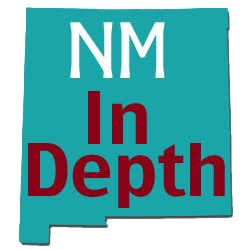
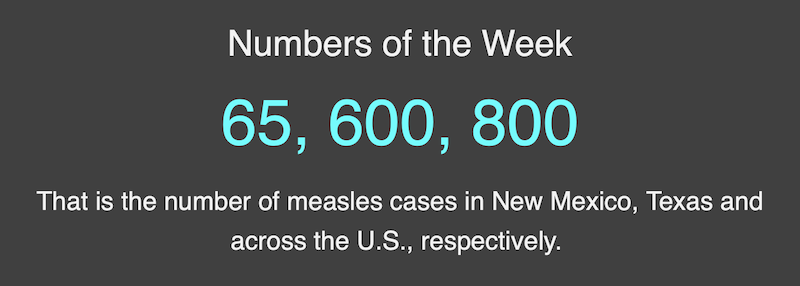

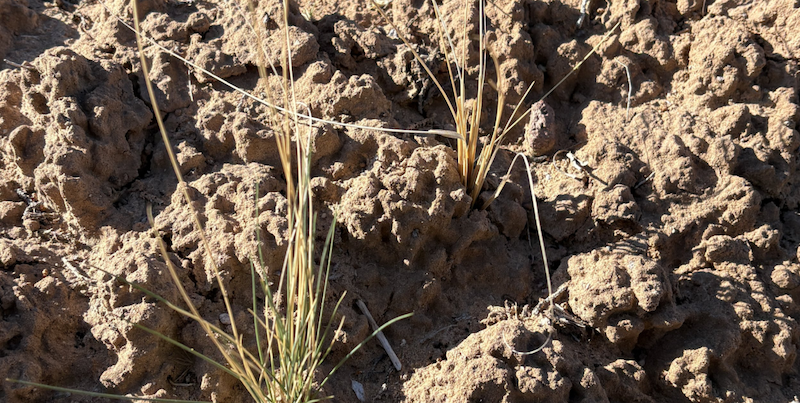
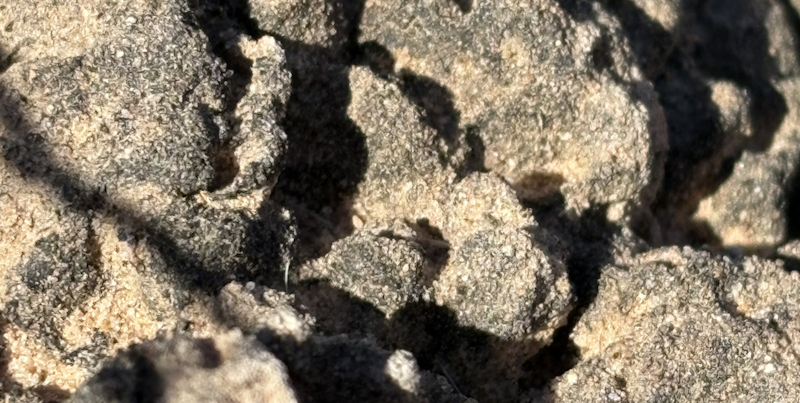


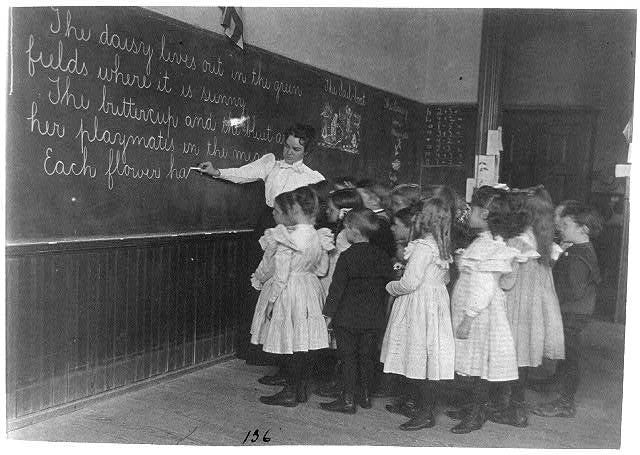
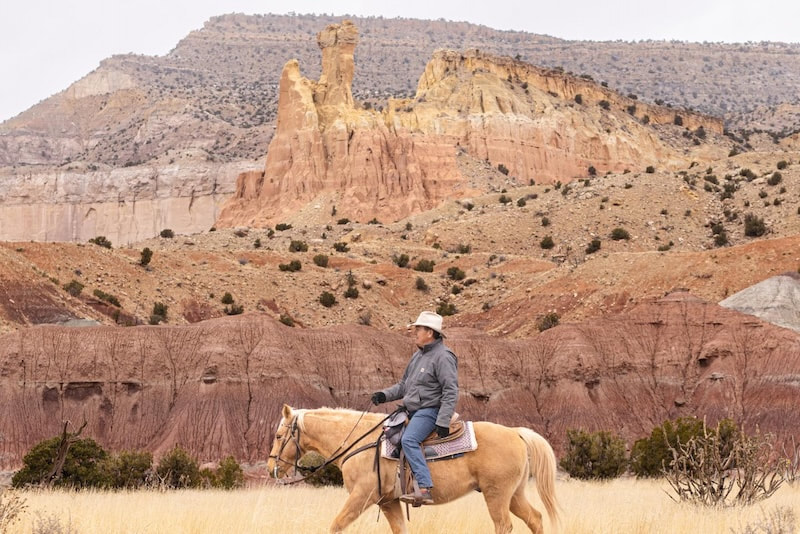
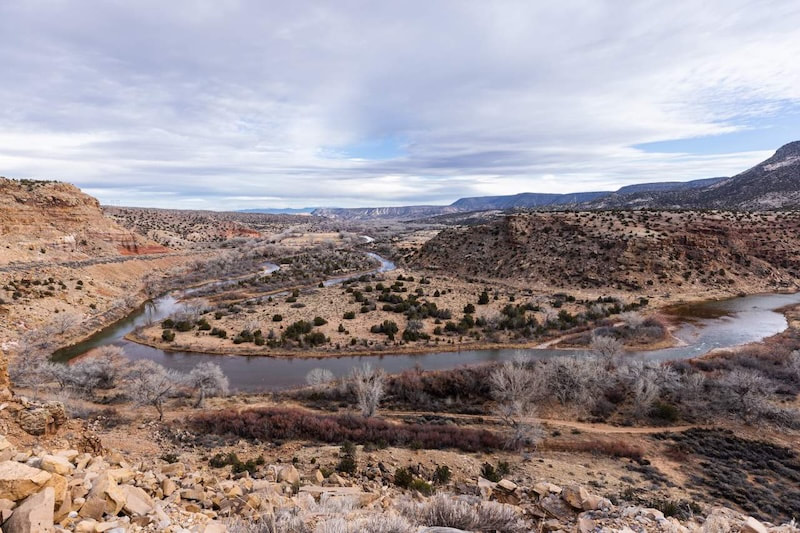
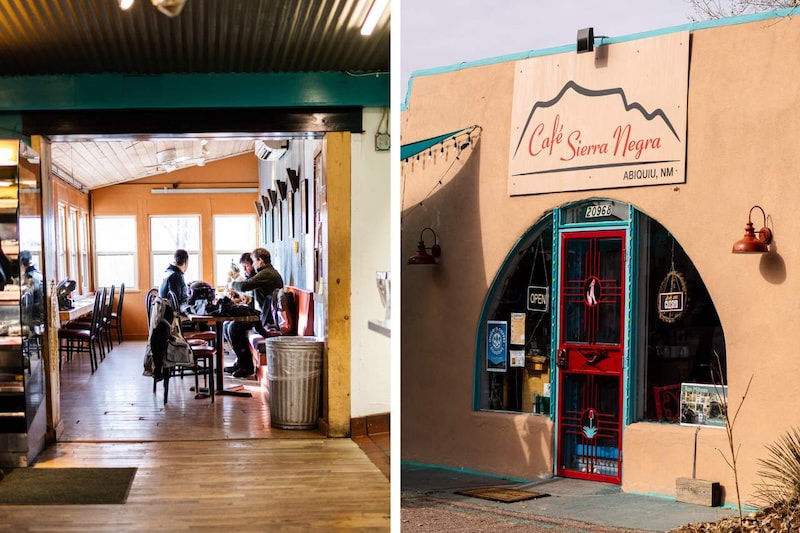
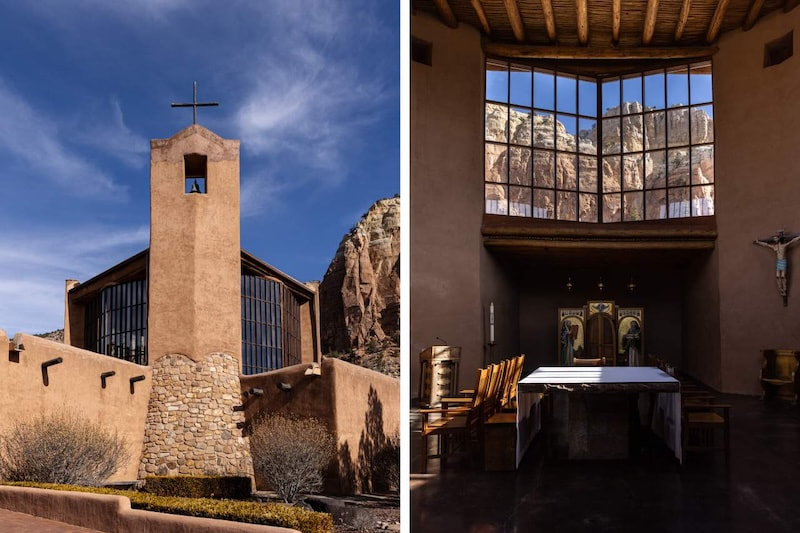
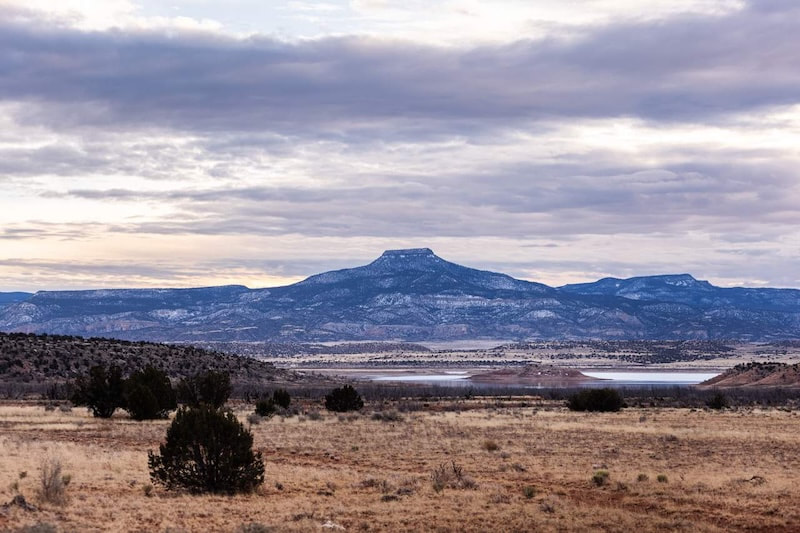
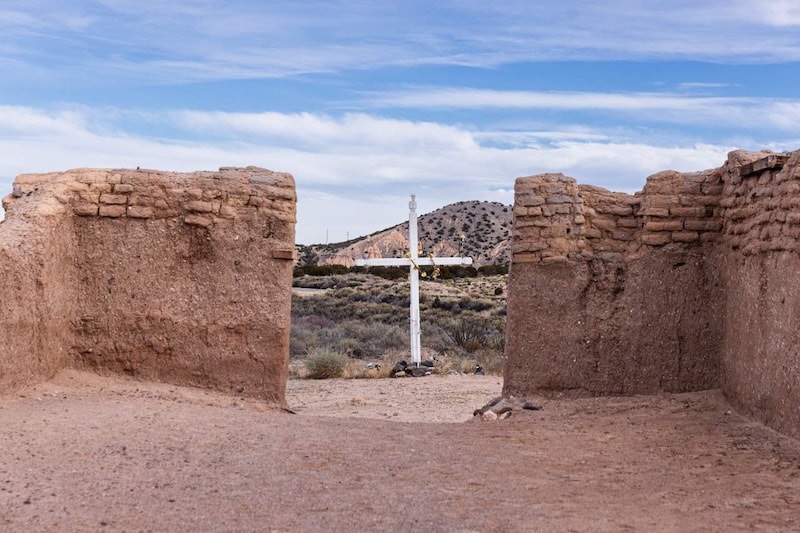
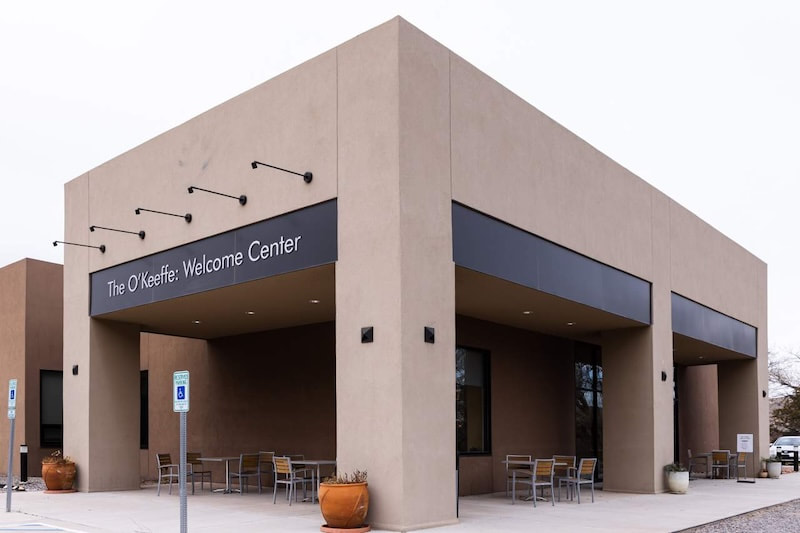
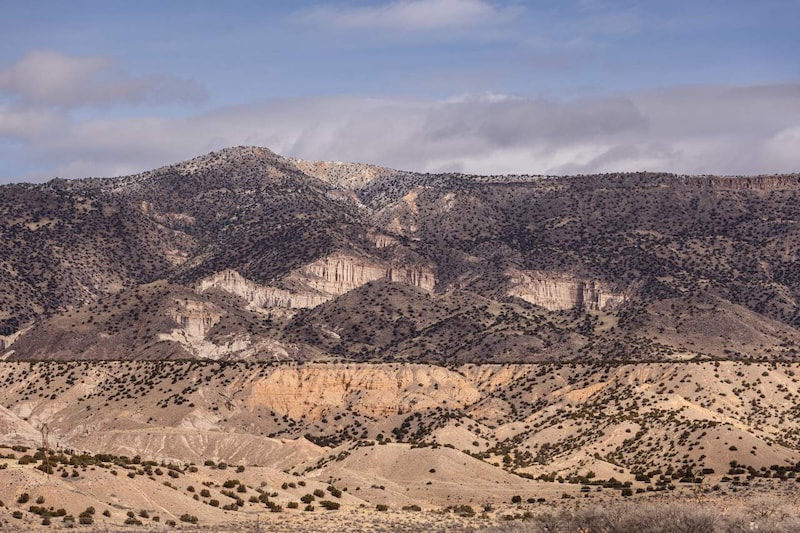
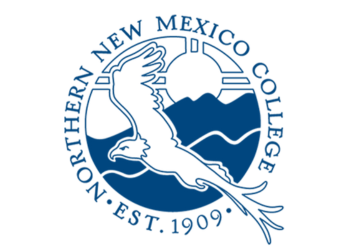
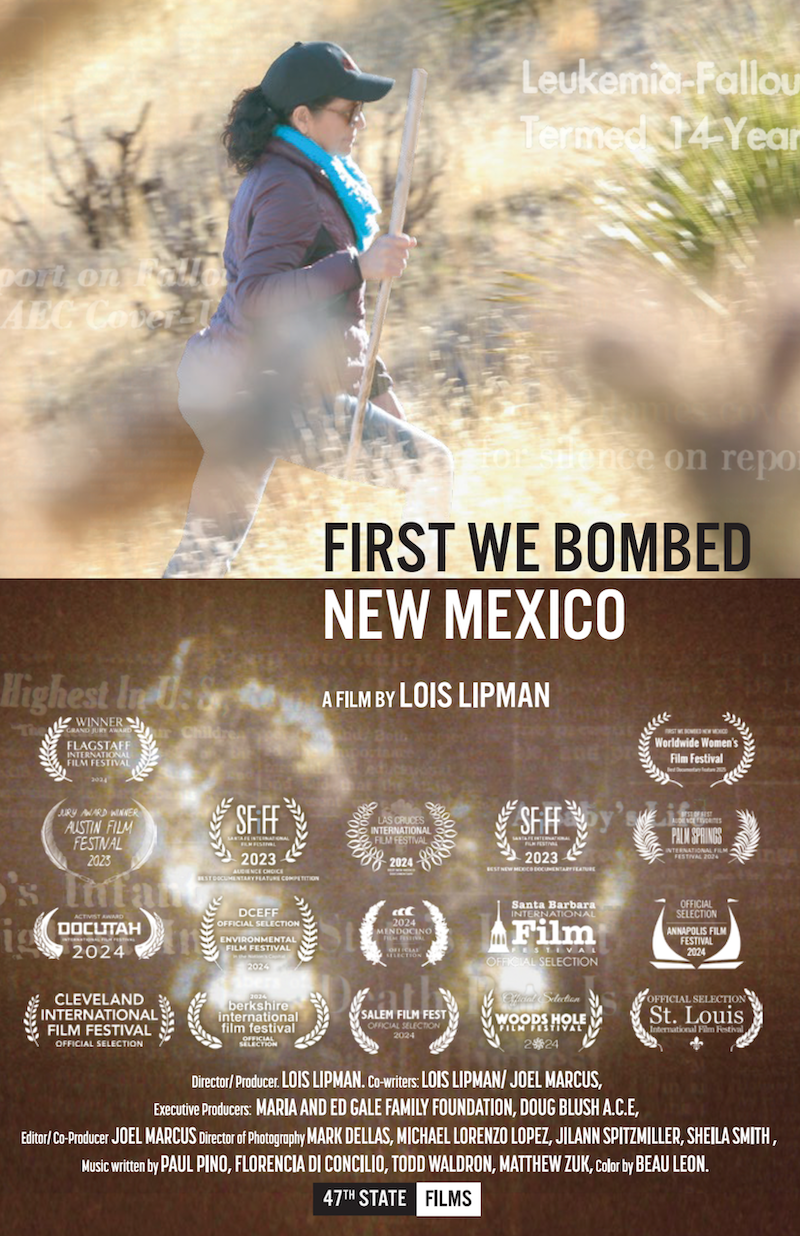

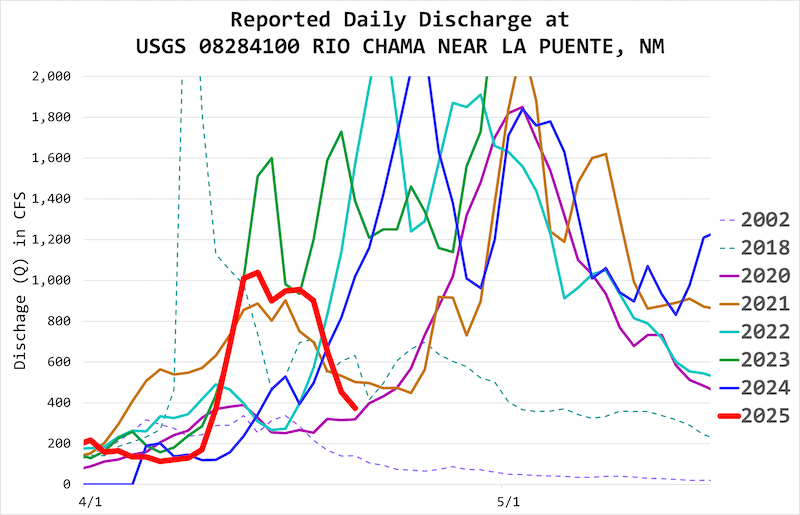

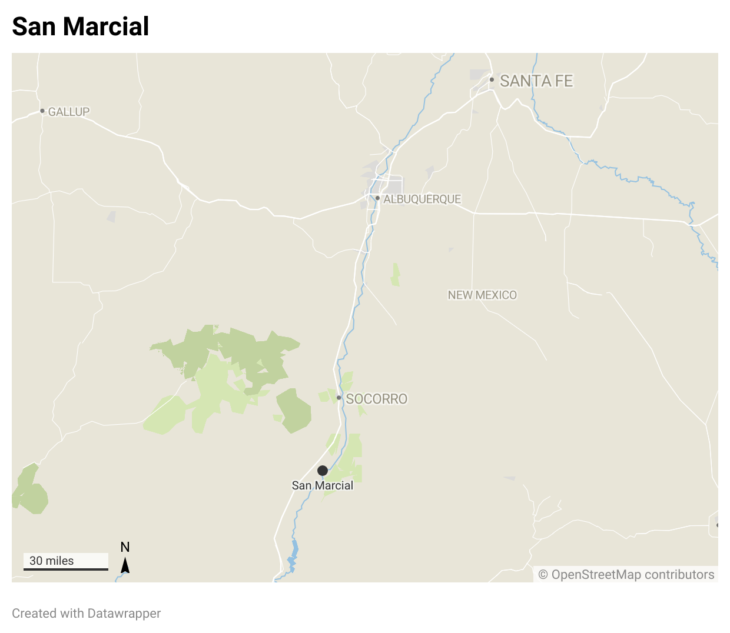
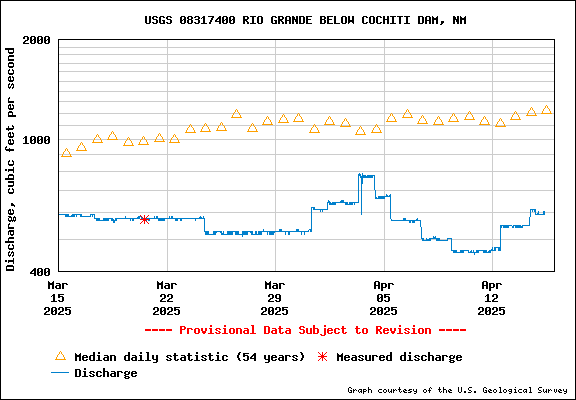
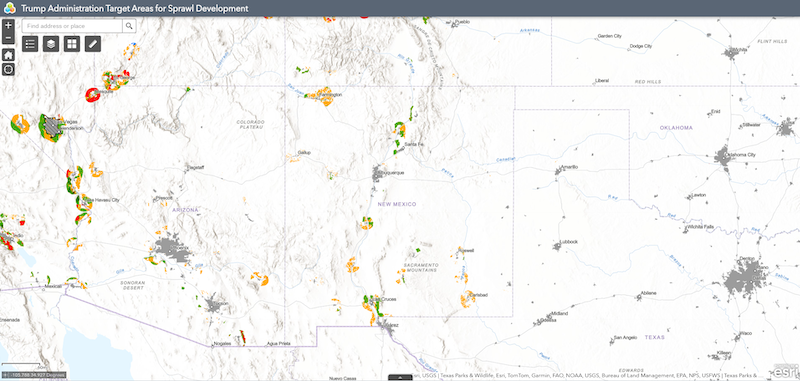
 RSS Feed
RSS Feed